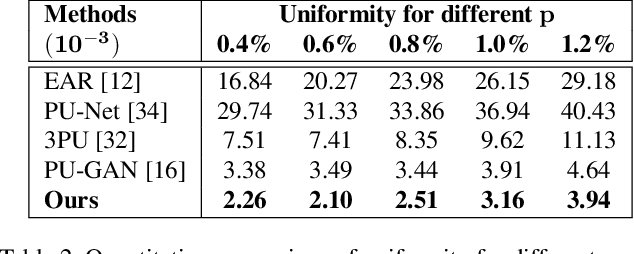Shizheng Wang
Temporal-Guided Spiking Neural Networks for Event-Based Human Action Recognition
Mar 21, 2025Abstract:This paper explores the promising interplay between spiking neural networks (SNNs) and event-based cameras for privacy-preserving human action recognition (HAR). The unique feature of event cameras in capturing only the outlines of motion, combined with SNNs' proficiency in processing spatiotemporal data through spikes, establishes a highly synergistic compatibility for event-based HAR. Previous studies, however, have been limited by SNNs' ability to process long-term temporal information, essential for precise HAR. In this paper, we introduce two novel frameworks to address this: temporal segment-based SNN (\textit{TS-SNN}) and 3D convolutional SNN (\textit{3D-SNN}). The \textit{TS-SNN} extracts long-term temporal information by dividing actions into shorter segments, while the \textit{3D-SNN} replaces 2D spatial elements with 3D components to facilitate the transmission of temporal information. To promote further research in event-based HAR, we create a dataset, \textit{FallingDetection-CeleX}, collected using the high-resolution CeleX-V event camera $(1280 \times 800)$, comprising 7 distinct actions. Extensive experimental results show that our proposed frameworks surpass state-of-the-art SNN methods on our newly collected dataset and three other neuromorphic datasets, showcasing their effectiveness in handling long-range temporal information for event-based HAR.
Wearable-based behaviour interpolation for semi-supervised human activity recognition
May 24, 2024



Abstract:While traditional feature engineering for Human Activity Recognition (HAR) involves a trial-anderror process, deep learning has emerged as a preferred method for high-level representations of sensor-based human activities. However, most deep learning-based HAR requires a large amount of labelled data and extracting HAR features from unlabelled data for effective deep learning training remains challenging. We, therefore, introduce a deep semi-supervised HAR approach, MixHAR, which concurrently uses labelled and unlabelled activities. Our MixHAR employs a linear interpolation mechanism to blend labelled and unlabelled activities while addressing both inter- and intra-activity variability. A unique challenge identified is the activityintrusion problem during mixing, for which we propose a mixing calibration mechanism to mitigate it in the feature embedding space. Additionally, we rigorously explored and evaluated the five conventional/popular deep semi-supervised technologies on HAR, acting as the benchmark of deep semi-supervised HAR. Our results demonstrate that MixHAR significantly improves performance, underscoring the potential of deep semi-supervised techniques in HAR.
Knowing the Past to Predict the Future: Reinforcement Virtual Learning
Nov 02, 2022Abstract:Reinforcement Learning (RL)-based control system has received considerable attention in recent decades. However, in many real-world problems, such as Batch Process Control, the environment is uncertain, which requires expensive interaction to acquire the state and reward values. In this paper, we present a cost-efficient framework, such that the RL model can evolve for itself in a Virtual Space using the predictive models with only historical data. The proposed framework enables a step-by-step RL model to predict the future state and select optimal actions for long-sight decisions. The main focuses are summarized as: 1) how to balance the long-sight and short-sight rewards with an optimal strategy; 2) how to make the virtual model interacting with real environment to converge to a final learning policy. Under the experimental settings of Fed-Batch Process, our method consistently outperforms the existing state-of-the-art methods.
PU-EVA: An Edge Vector based Approximation Solution for Flexible-scale Point Cloud Upsampling
Apr 22, 2022



Abstract:High-quality point clouds have practical significance for point-based rendering, semantic understanding, and surface reconstruction. Upsampling sparse, noisy and nonuniform point clouds for a denser and more regular approximation of target objects is a desirable but challenging task. Most existing methods duplicate point features for upsampling, constraining the upsampling scales at a fixed rate. In this work, the flexible upsampling rates are achieved via edge vector based affine combinations, and a novel design of Edge Vector based Approximation for Flexible-scale Point clouds Upsampling (PU-EVA) is proposed. The edge vector based approximation encodes the neighboring connectivity via affine combinations based on edge vectors, and restricts the approximation error within the second-order term of Taylor's Expansion. The EVA upsampling decouples the upsampling scales with network architecture, achieving the flexible upsampling rates in one-time training. Qualitative and quantitative evaluations demonstrate that the proposed PU-EVA outperforms the state-of-the-art in terms of proximity-to-surface, distribution uniformity, and geometric details preservation.
 Add to Chrome
Add to Chrome Add to Firefox
Add to Firefox Add to Edge
Add to Edge